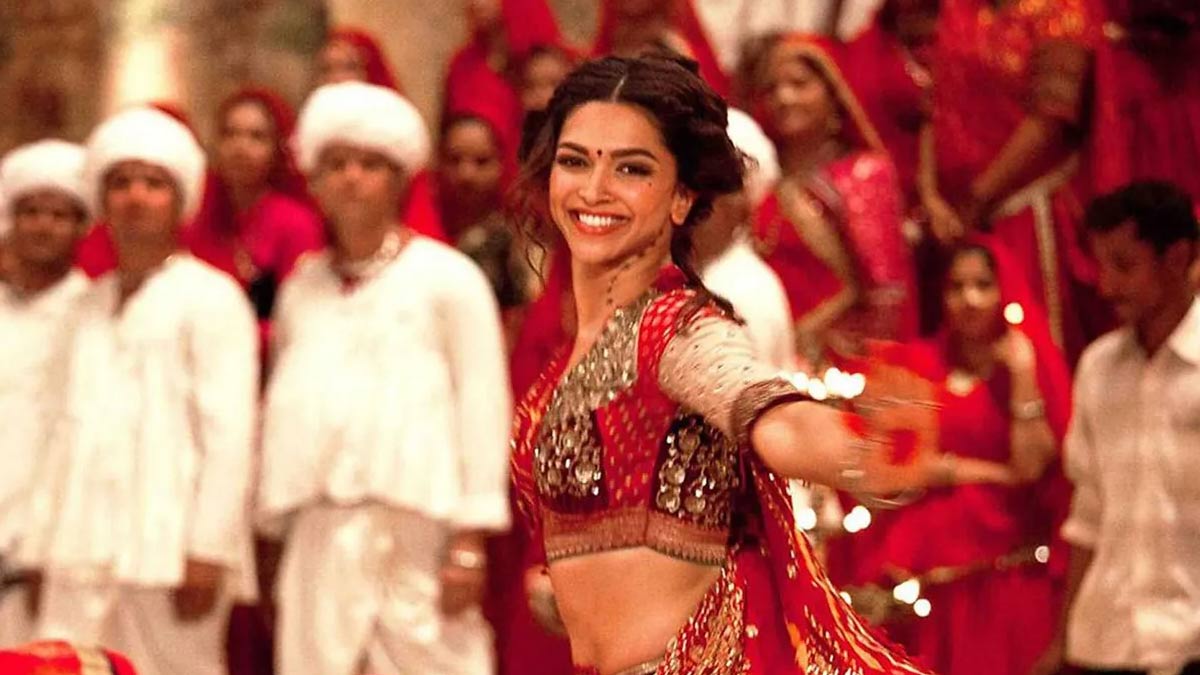
Navratri Guide: Main Difference Between Garba And Dandiya
Navratri is here and devotees are very excited to show their moves on Dandiya-Garba night. These nights are the most fun nights of the festivities, where people get dressed in beautiful vibrant ghagra cholis and dance with full energy and excitement.
Navratri begins today, on September 26, and it will go on for nine long days. Preparations for the dance nights are in full swing across the country. During these festive nights, devotees celebrate with Garba and Dandiya dance.
For those who don’t know the difference between Garba and Dandiya, here is a brief guide that will clear all your doubts.
Significance Of Garba And Dandiya During Navratri
Garba and Dandiya originated in Gujarat. According to the art of living, Garba and Dandiya are a dramatisation of a nine-day battle between Goddess Durga and the demon Mahishasura, which was won by the Goddess.
Garba

Garba originated in Gujarati villages and it is performed in groups across India, majorly by Gujarati communities. The dance is usually performed in a circular pattern around a big lamp or a statue of Shakti. It is characterised by a sweeping action performed side to side.
The Garba dance form celebrates womanhood, and fertility, and pays respect to all nine forms of the mother deity.
Dandiya

Dandiya or Dandiya Raas also has origins in Gujarat. This dance form is performed in circular patterns with dandiya sticks stricken in rhythmic beats.
Don't miss: 9 Celeb-Inspired Outfits In Auspicious Colours For Each Day Of Navratri
Difference Between Dandiya And Garba
- Garba is performed to bhajans and chants and has more devotional appeal than dandiya.
- Garba is performed before aarti, as a worshipping ritual and dandiya are usually played in the late evening after the aarti, for enjoyment.
- Garba is played by hands and involves various hand and foot movements with occasional clapping. Dandiya is played with colourful dandiya sticks.
- Several Dandiya steps are performed with an even number of people, while Garba does not have any such requirements.
- Garba songs are centred around the Goddess, whilst Dandiya songs are centred around Krishna Leela and his dances with Radha and gopis.
For more such stories, stay tuned to HerZindagi.
Also watch this video
Herzindagi video
